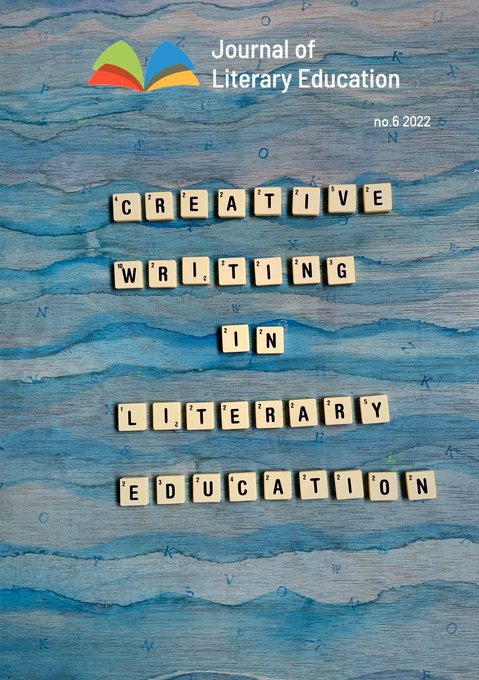Redefining the Margins: Intertextual and Secondary Characters in Children’s historical novels.
DOI:
https://doi.org/10.7203/JLE.6.21735 Abstract
Abstract
The historical novel for children is the kind of Literature that transmits to young readers the historical knowledge in a pleasant and easy way, thanks to its entertaining and recreational character. The fictional heroes in most children's historical novels are social examples for the young readers, who adopt behaviors and motivations through observation. Additionally, the postmodern attestation of History as narration, with the appointment of microhistory - which is favored when the psychography of fictional heroes is on the forthground and when historical facts are interpreted from different perspectives and under various visual angles - spur many writers to provide marginal characters with space as well as speech.
Bearing in mind that the byzantine era is a common subject in Children’s Literature and contemporary novelists try to educate children and at the same time bring out Byzantium's charm either by highlighting neglected historic events or by examining already known faces and facts from a fresh angle and given the fact that the concept of intertextuality in literature is a way to build up interpretive communities among young readers, this paper examines Greek writer’s, Penelope Maximos, five historical novels for children entitled as In the years of Alexios Komninos, (Stochastis, 1984), The first crusaders in Byzantium; 1096-1099 AD (Stochastis, 1989), Emmanouil Komninos. The knight emperor (Stochastis, 1990), The downfall of Thessaloniki. In the years of Andronikos Komninos (Stochastis, 1987) and Close to Athenais (Astir, 1972). More specifically, we will focus on the way Maximos attempted to make “visible” fictional characters who were until recently considered of less or least importance; Minors and adults who were being oppresed during the Byzantine era, such as slaves, suddenly become protagonists surrounding historic characters and, thanks to their presence, make the plot roll smoothly. In this paper will be also pointed out the way the writer chose to present to young readers female characters and their efforts not only to express their emotions freely, but also to interfere with Byzantine society and fight for their rights, in order to point out to the juvenile readers paths, thoughts and life idealism.
 Downloads
Downloads
Downloads
Published
-
Abstract396
-
PDF234
Issue
Section
License
![]()
This work is licensed under a Creative Commons Attribution-NonCommercial-NoDerivatives 4.0 International License.
Authors who publish with this journal agree to the following terms: Authors retain copyright and grant the journal right of first publication with the work simultaneously licensed under a Creative Commons Attribution License that allows others to share the work with an acknowledgement of the work's authorship and initial publication in this journal. Authors are able to enter into separate, additional contractual arrangements for the non-exclusive distribution of the journal's published version of the work (e.g., post it to an institutional repository or publish it in a book), with an acknowledgement of its initial publication in this journal. Authors are permitted and encouraged to post their work online (e.g., in institutional repositories or on their website) prior to and during the submission process, as it can lead to productive exchanges, as well as earlier and greater citation of published work (See The Effect of Open Access).




